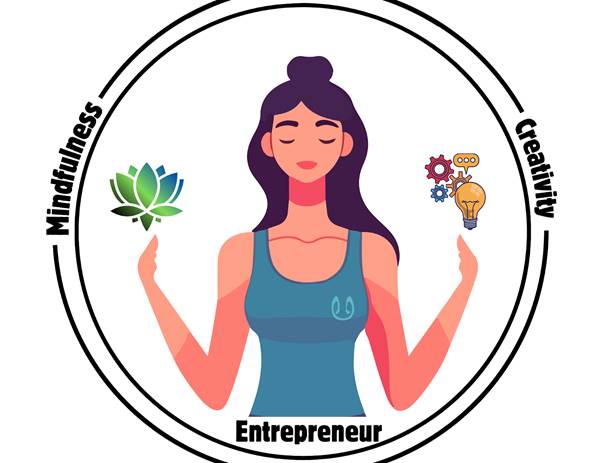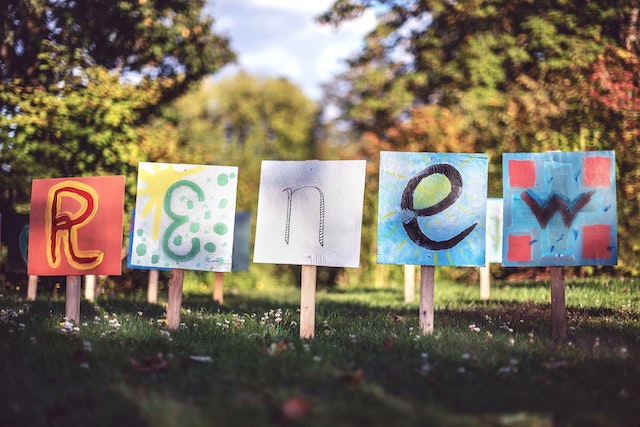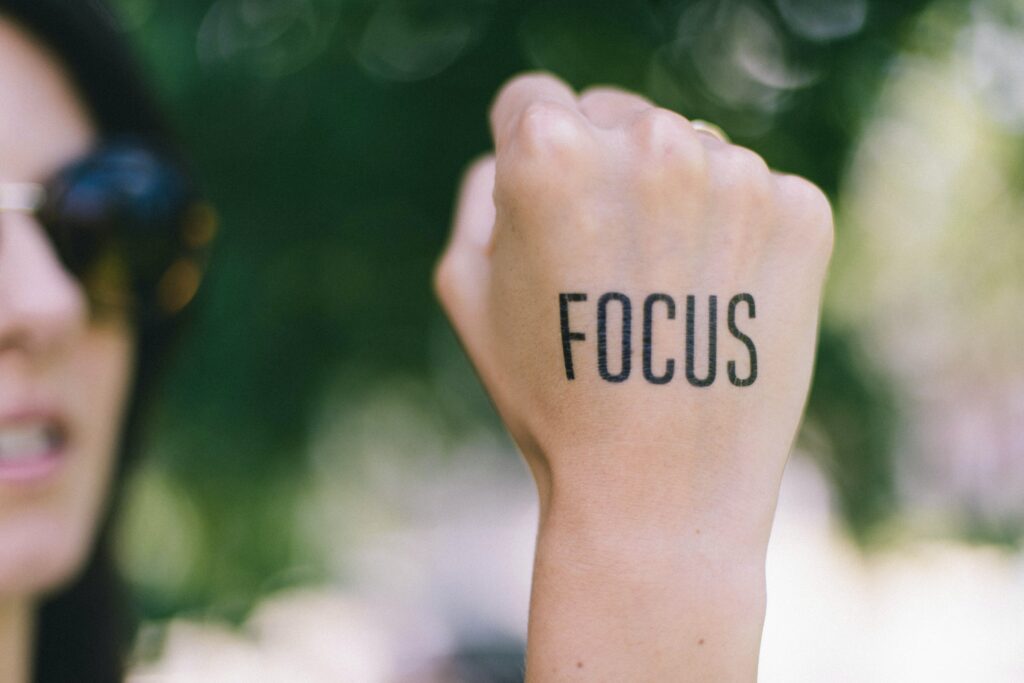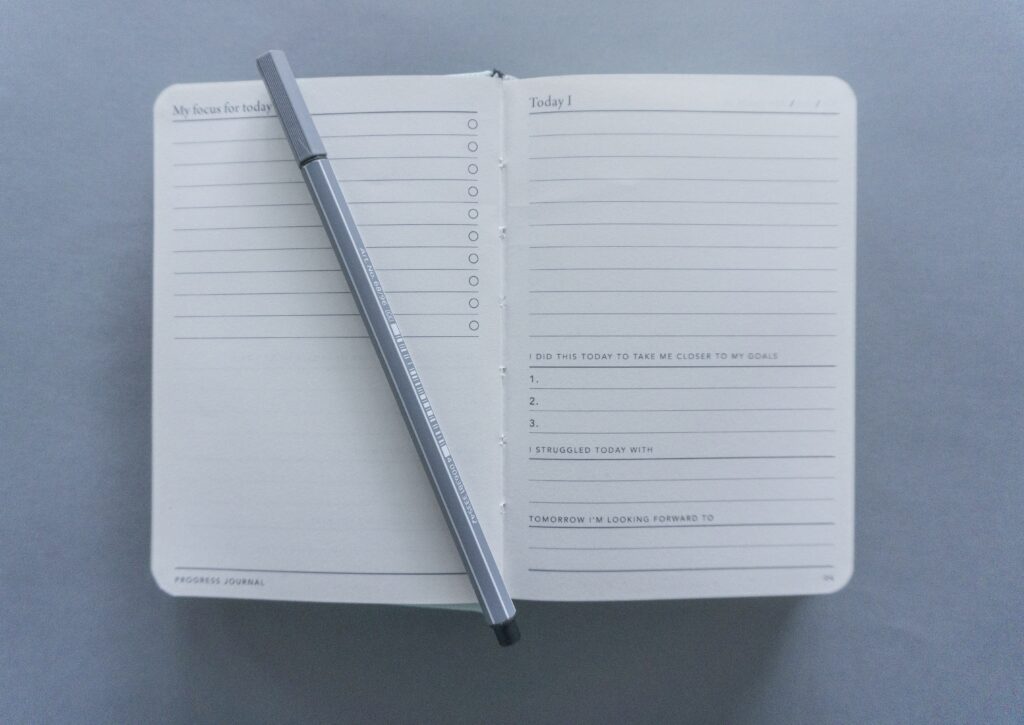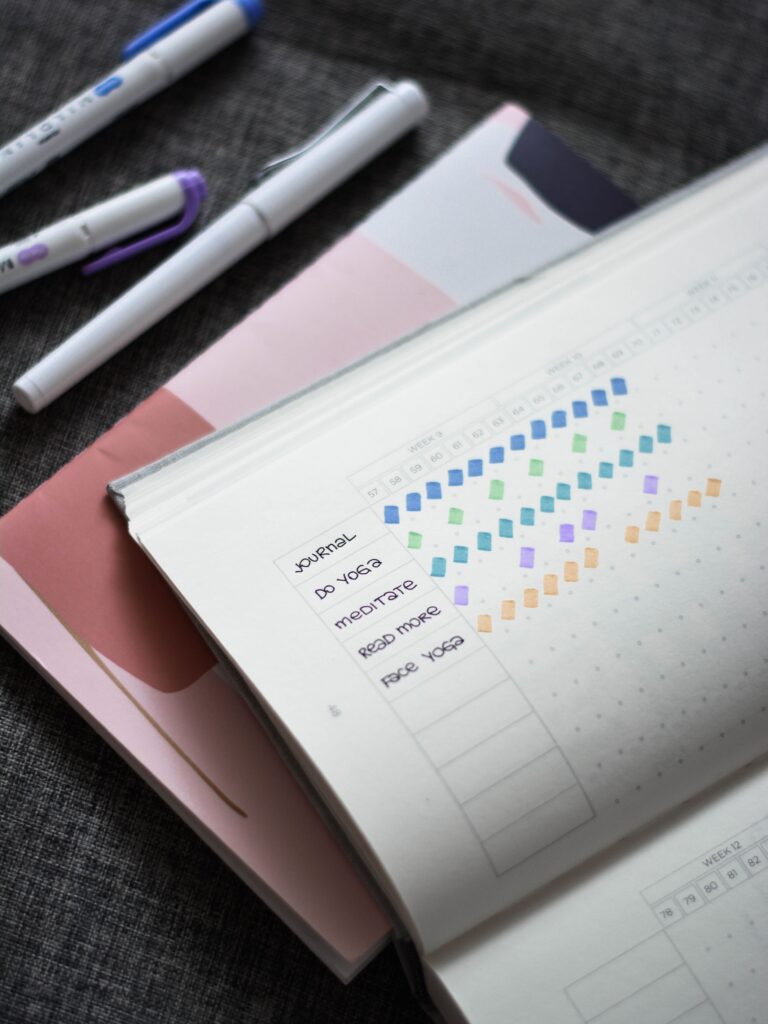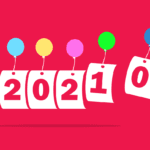Entrepreneurship demands high levels of focus, creativity, and problem-solving. However, the stress, long hours, and constant decision-making often lead to burnout, diminishing both productivity and innovation. Integrating wellness practices such as mindfulness, exercise, and proper nutrition, helps entrepreneurs manage stress and improves mental clarity and creativity.
In this article, we’ll cover wellness practices that sharpen your entrepreneurial mindset, improve focus, and enhance creativity.
Understanding the Link Between Wellness and Entrepreneurial Creativity
It’s easy for entrepreneurs to prioritize work over health. But there’s a direct connection between physical and mental health and your ability to think creatively and solve problems.
Studies from Harvard Medical School show that regular mindfulness meditation increases gray matter in areas of the brain responsible for memory, stress regulation, and cognitive function. Similarly, research from Stanford University demonstrates that aerobic exercise boosts creativity by up to 60%. These findings emphasize the importance of wellness practices in maintaining high levels of creativity and focus.
Key Wellness Practices That Improve Focus and Creativity
1. Mindfulness Meditation for Better Focus
Mindfulness meditation helps entrepreneurs clear mental clutter, making it easier to focus and solve problems. Mindfulness practices have been shown to reduce stress and increase attention spans, allowing you to handle complex tasks with greater ease.
- Start with just 5 minutes of meditation each morning to set a calm, productive tone for the day. Apps like Headspace or Calm can guide you through this simple but impactful wellness practice.
2. Yoga: Boosting Both Mental and Physical Well-being
Yoga is another highly effective wellness practice that aligns your body and mind. It reduces stress, increases focus, and enhances creativity. Poses like Child’s Pose and Warrior II calm the nervous system, promoting mental clarity.
- Dedicate 10 minutes each morning to simple stretches or follow a brief yoga video on YouTube to ease into the day. This daily wellness practice can help balance your energy and prepare you mentally for a productive day.
3. Breathwork for Calming the Mind and Sharpening Creativity
Breathwork techniques, such as diaphragmatic breathing or the 4-7-8 method, are useful wellness practices that help entrepreneurs calm their minds and boost focus. Controlled breathing can boost clarity and mental flexibility, according to studies
- The 4-7-8 technique is easy to implement: Inhale for 4 seconds, hold for 7, and exhale for 8. Repeat this 3-4 times whenever you feel stressed or in need of increased focus. Adding this simple wellness practice to your routine can have immediate positive effects.
4. The Power of Physical Exercise
Exercise is one of the best wellness practices to improve brain health and stimulate creativity. It boosts brain-derived neurotrophic factor (BDNF), which is crucial for cognitive function, memory, and problem-solving abilities.
According to Frontiers in Neuroscience, exercise enhances your brain’s ability to switch between tasks, helping you manage multiple entrepreneurial responsibilities
- Incorporate at least 20 minutes of aerobic exercise (e.g., walking, jogging, or cycling) into your day to stimulate creativity and improve overall brain function.
5. Journaling for Clarity and Goal Setting
Journaling is a powerful way to organize your thoughts, brainstorm new ideas, and reflect on challenges. Entrepreneurs who practice journaling often find they can approach problems more creatively and set clearer goals for their business.
Journaling also acts as a form of stress relief, which allows for better focus and emotional regulation.
- Start with 5 minutes of journaling each morning. Write down your thoughts, tasks, or business ideas. Try Morning Pages (stream-of-consciousness writing) or bullet journaling to track goals.
6. Nutritional Choices to Boost Brain Function
What you eat plays a critical role in your cognitive abilities. Certain foods, like blueberries, dark leafy greens, nuts, and omega-3-rich foods such as salmon or flaxseeds, are known to boost brain function and enhance focus.
Harvard Medical School notes that a diet rich in omega-3s, antioxidants, and vitamins helps maintain memory and learning while slowing age-related cognitive decline.
- Add brain-boosting foods like berries, avocados, and omega-3-rich fish to your meals. Snack on nuts or seeds to fuel your brain during workdays.
7. Power Naps to Recharge
Contrary to popular belief, taking a short nap during the day can dramatically improve focus, creativity, and cognitive performance.
Power naps—lasting between 10 to 20 minutes—are especially beneficial for entrepreneurs who often work long hours and need a quick mental reset. Research from NASA found that a 26-minute nap can boost performance by 34% and increase alertness by 54%.
- Take a 10-20 minute power nap in the early afternoon to recharge. Avoid naps longer than 30 minutes to prevent grogginess.
Overcoming Common Wellness Challenges for Entrepreneurs
Maintaining wellness habits can be hard due to the demands of running a business. But when you reframe wellness as a productivity enhancer, it’s easier to make health a priority without sacrificing business goals.
The Pressure to Prioritize Work Over Health
Entrepreneurs often feel that working longer hours will lead to greater success. However, neglecting health can lead to burnout, reduced creativity, and poor decision-making.
Arianna Huffington, founder of Thrive Global, emphasized the need to balance work with self-care after her own experience with burnout.
How to Overcome It:
- Set non-negotiable wellness practies: Make simple wellness habits, like meditation or exercise, part of your daily routine—even during the busiest periods.
Dealing with Stress and Anxiety
Stress and anxiety are common in entrepreneurship, but wellness practices can help. Studies show that mindfulness meditation reduces anxiety by calming the mind and enhancing emotional regulation.
How to Overcome It:
- Use the “Worry Box” technique: Write down any worries or stressful thoughts, and allocate a specific time to address them later. This prevents anxiety from overwhelming your day.
The Long-Term Benefits of Prioritizing Wellness
By consistently incorporating wellness practices, entrepreneurs can ensure long-term success and longevity in business. Regular self-care helps prevent burnout, enhances creativity, and keeps you mentally sharp as your business grows.
1. Improved Cognitive Function Over Time
As mentioned earlier, research from Harvard University on mindfulness found that meditation strengthens memory and learning by increasing gray matter in the brain. Similarly, regular physical exercise promotes long-term brain health and reduces the risk of cognitive decline.
- Make wellness a daily habit: Incorporate simple wellness activities—like meditation, yoga, or exercise—into your routine to sustain creativity and mental sharpness over time.
2. Enhanced Emotional Intelligence and Leadership
Wellness practices such as mindfulness and emotional regulation improve emotional intelligence (EQ). Leaders with high EQ are better at managing relationships, motivating teams, and handling stress, according to Daniel Goleman, a psychologist who pioneered EQ research.
- Practice mindful reflection or journaling to enhance self-awareness and improve your emotional intelligence, making you a more empathetic and effective leader.
3. Building Resilience and Adaptability
Mindfulness and exercise help entrepreneurs build resilience, enabling them to bounce back from setbacks faster. Research shows that regular mindfulness practice improves emotion regulation, making it easier to handle stress and adapt to challenges.
- Use mindfulness techniques during challenging situations to stay calm, clear-headed, and adaptable in the face of business challenges.
4. Longevity in Business
Entrepreneurs who prioritize wellness are better equipped to handle stress, avoid burnout, and sustain long-term success. Mark Cuban credits daily exercise with maintaining his energy and mental clarity, allowing him to thrive over decades.
- Schedule wellness activities into your calendar just like meetings or deadlines. This ensures wellness becomes part of your business strategy.
5. Building a Wellness-First Company Culture
Fostering a wellness-focused company culture boosts employee morale, creativity, and productivity. Studies show that companies with wellness programs experience higher employee satisfaction and lower absenteeism.
- Encourage wellness initiatives in the workplace by offering gym memberships, organizing wellness challenges, or providing mindfulness training for your team.
Conclusion
Prioritizing wellness practices like mindfulness, exercise, and stress management isn’t just beneficial for your well-being—it’s essential for your business success. By incorporating simple health and wellness tips into your daily routine, you’ll not only enhance your focus and creativity but also build long-term resilience, ensuring sustained success as an entrepreneur.
Keetria is an entrepreneur, wellness advocate, and brand strategy coach for creatives & entrepreneurs with 16 years of public relations expertise working with some of the world’s leading brands, startups, media personalities, and entertainers. If you want to work together, don’t hesitate to reach out!





